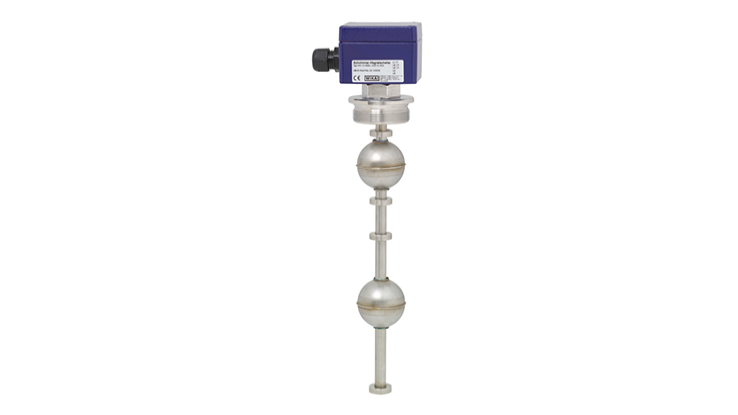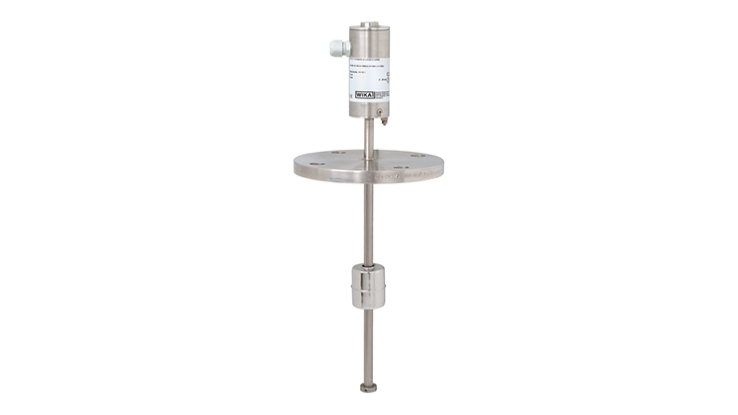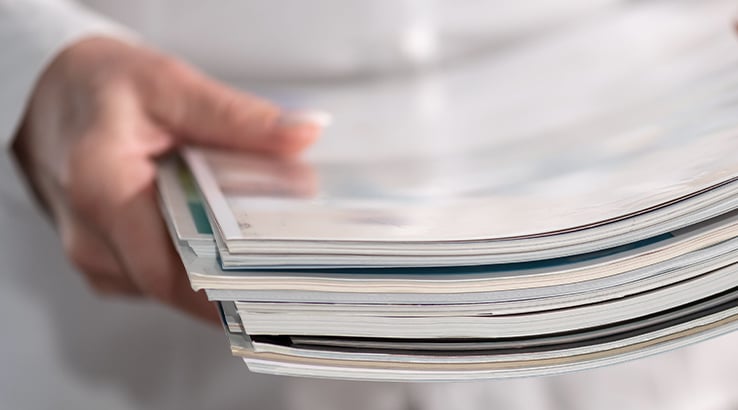Capability and knowledge
With a keen focus on mechanical level measurement, supplemented with electronic methods as required, TC Fluid Control design and construct the exact solution required for your process needs.
Our experienced engineers will sit and tailor the solution to fit within your existing installation, this ensures the best results to provide the level data you need for your plants processes.
We pride ourselves on our versatility to serve our customers across many industries including chemical and petrochemical, oil and gas, food and pharmaceutical, renewable energy production and power to name a few. The years of experience and passion we have within the business, uncompromising quality management and numerous national and international approvals are all key factors in delivering a best-in-class solution.
Making level measurement easy
TC Fluid Control designs and manufactures a focused range of level measuring instruments for temperatures up to 450 °C, SG ranges between 0.3 – 2.2 and pressure ranges to 500 bar. The range consists of standard manufactured units providing a high quality and quick level solution for simpler application. We also get involved in more complex solutions that can be tailored to fit our customers’ needs or designed from scratch covering many different measuring techniques to provide accuracy and redundancy for process confidence.
To supplement our mechanical designs, we also provide a wide range of electronic measuring devices that work alongside our level devices or independently as required.
These include transmitters generating various standard signals including 4-20mA, HART, Profibus etc.
Furthermore, we also provide magnetic switches which can be height adjusted and used for limit indication on our magnetic level gauge solutions.
TC Fluid Control are known worldwide for the design, manufacture and supply of liquid level sensors and instrumentation products and solutions, including Magnetic Level Gauges, Steam Level Gauges and Needle Valves. The company was established in 2003 having been part of the UK business of Trouvay & Cauvin based in Le Havre, France.
The Instrumentation Division was originally founded in the UK as Richard Klinger Ltd in 1933. In December 1999 Trouvay & Cauvin Ltd acquired the Instrumentation Division which was based in Sidcup, Kent and in 2002 the UK Management Team bought out the UK side of the company.
In 2003 the company was renamed to TC Fluid Control to focus on developing within the liquid level instrumentation field. In 2013, TC Fluid Control became part of WIKA Instruments Limited. WIKA is the UK subsidiary of the world’s leading manufacturer of pressure, temperature, level, flow and calibration instrumentation.
Our wealth of knowledge and experience within the level control field means that we’re able to provide expert advice on the ideal choice of level instrument for any given application. We pride ourselves on the quality of our products, known for their precision, functionality and reliability, they’re used by process plant operators throughout the world.
In addition to high quality product supply and design, we are also highly experienced in large contractor projects and offer full documentary facilities for the demands of project management.
Quality made in Great Britain
TC Fluid Control operates internationally from its company headquarters in Sevenoaks, in the United Kingdom. The company employs approx. 30 people in the main factory with supporting engineering, sales, quality and purchasing teams. The complete solution under one roof.
- High-tech for the highest demands
- State-of-the-art production facilities
- Skilled team with over 150 years of combined experience
- Quality management: ISO 9001
We concentrate upon the design, manufacture and sales of liquid level instrumentation products.
We have a wealth of experience and knowledge, derived from decades of focus in level controls. Our sales application engineers will provide you with the depth of knowledge to advise on the correct choice of level instrument for given process duties. Our products are renowned for their quality and reliability and are used by process plant operators throughout the world.
In addition to quality product supply we are also highly experienced in contractor projects and offer full documentary facilities for the demands of project management.
TC Fluid Control
Unit 7 Goya Business Park
The Moor Road
Sevenoaks, Kent.
TN14 5GY












